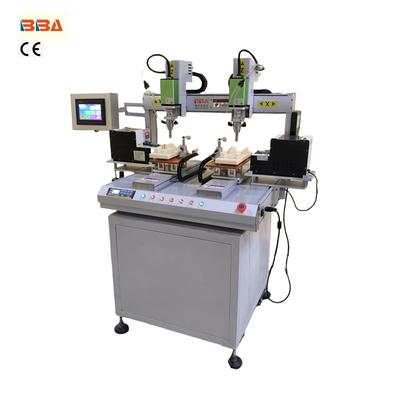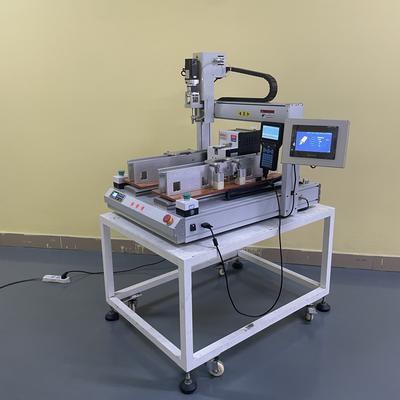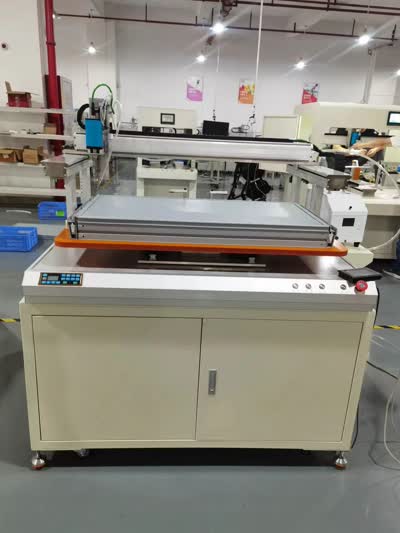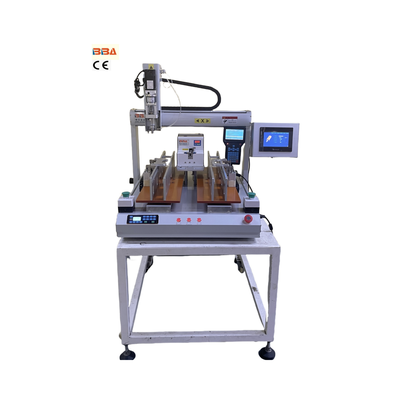Budgeting for Servo Screw Automation: Key Considerations | Industrial Automation Guide
| Product Name | Applicable industries |
| CNC Screw Fastener | LED Lighting Industry |
Budgeting for Servo Screw Automation Projects
Industrial automation continues to revolutionize manufacturing processes, and servo screw automation stands out as a key technology for precision assembly. However, implementing such systems requires careful financial planning. Proper budgeting ensures efficiency, scalability, and long-term cost savings. This article outlines the essential factors to consider when budgeting for servo screw automation projects.
1. Hardware and Software Costs
Servo screw automation systems consist of several components, including servo-driven screwdrivers, controllers, feeders, and vision systems. Each element contributes to the overall cost. Additionally, specialized software for programming and monitoring the automation process may require licensing fees or customization. Allocate funds for both core hardware and any auxiliary tools needed for seamless integration.
2. Installation and Setup
Beyond purchasing equipment, installation must be factored into the budget. This includes mechanical assembly, electrical wiring, and system calibration. Depending on the complexity, professional installation services may be necessary. Consider workspace modifications, such as mounting brackets or conveyor adaptations, which can add to initial expenses.
3. Training and Labor
Operators and maintenance staff require training to handle servo screw automation systems effectively. Budget for instructor-led sessions, manuals, or e-learning modules. Skilled personnel will also be needed for troubleshooting, which may involve hiring specialists or upskilling existing employees.
4. Maintenance and Upkeep
Preventive maintenance is critical for minimizing downtime and extending equipment lifespan. Budget for spare parts, lubrication, calibration tools, and periodic inspections. Some manufacturers offer service contracts, which can provide predictable maintenance costs.
5. Scalability and Future Upgrades
As production demands evolve, systems may need upgrades for higher throughput or new screw types. Setting aside funds for future enhancements ensures seamless adaptation. Consider modular designs that allow cost-effective expansion without replacing entire units.
6. Return on Investment (ROI)
While initial costs may seem high, automation significantly improves efficiency and reduces labor expenses. Calculate ROI by comparing manual vs. automated cycle times, error rates, and labor savings. A well-planned budget ensures the system pays for itself over time.
By considering these factors, manufacturers can develop a realistic budget for servo screw automation projects. Investing in automation not only enhances precision but also improves long-term profitability. Careful financial planning today leads to smarter, more efficient production lines tomorrow.



